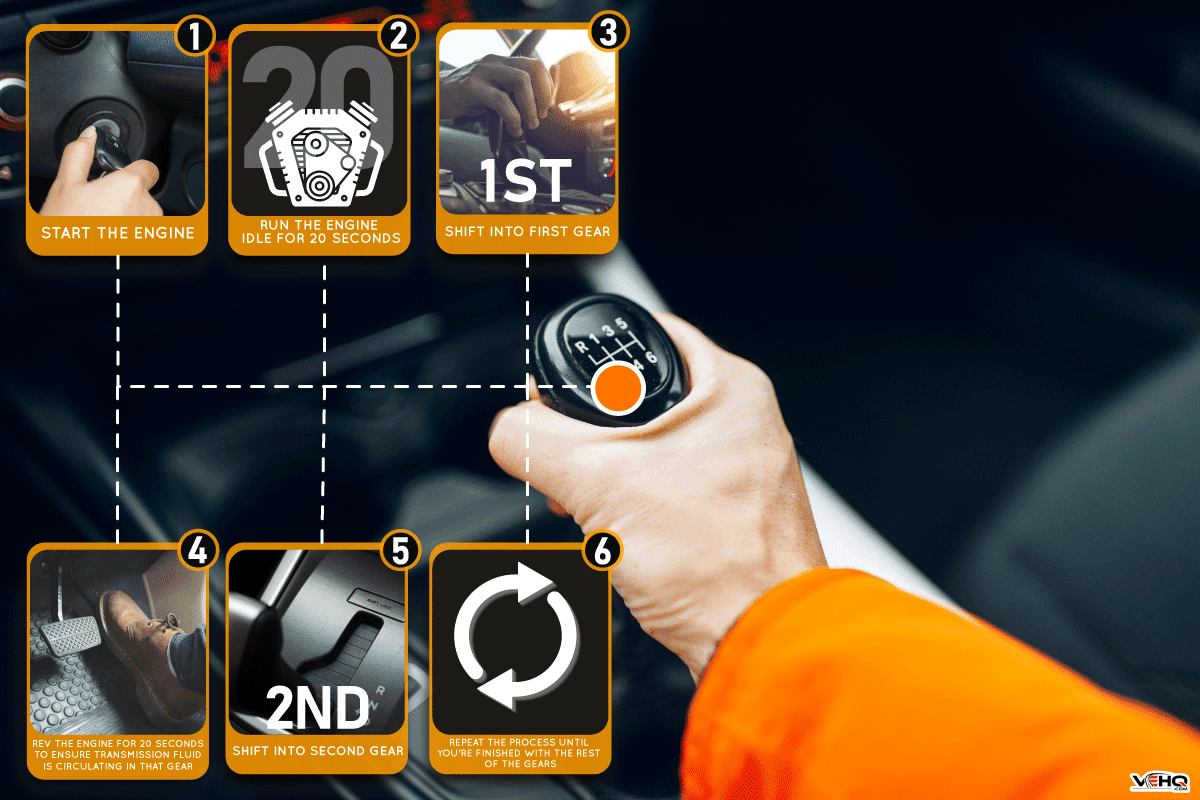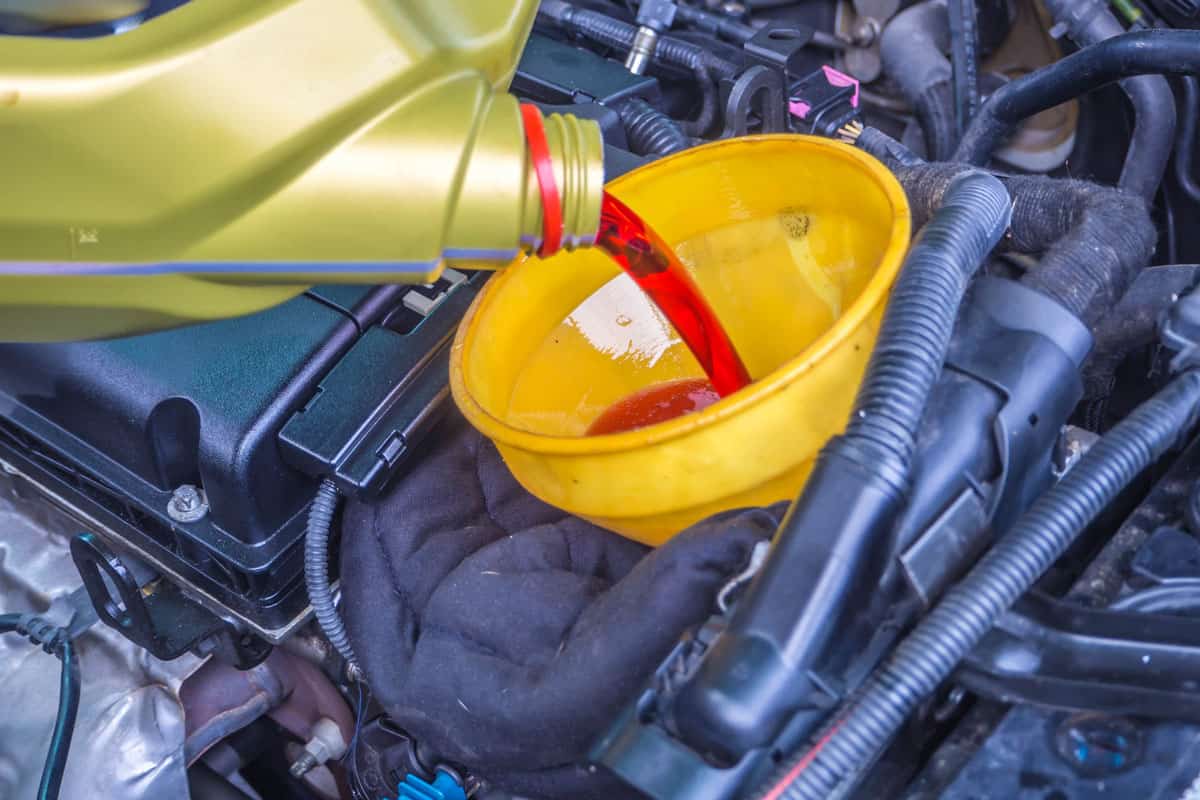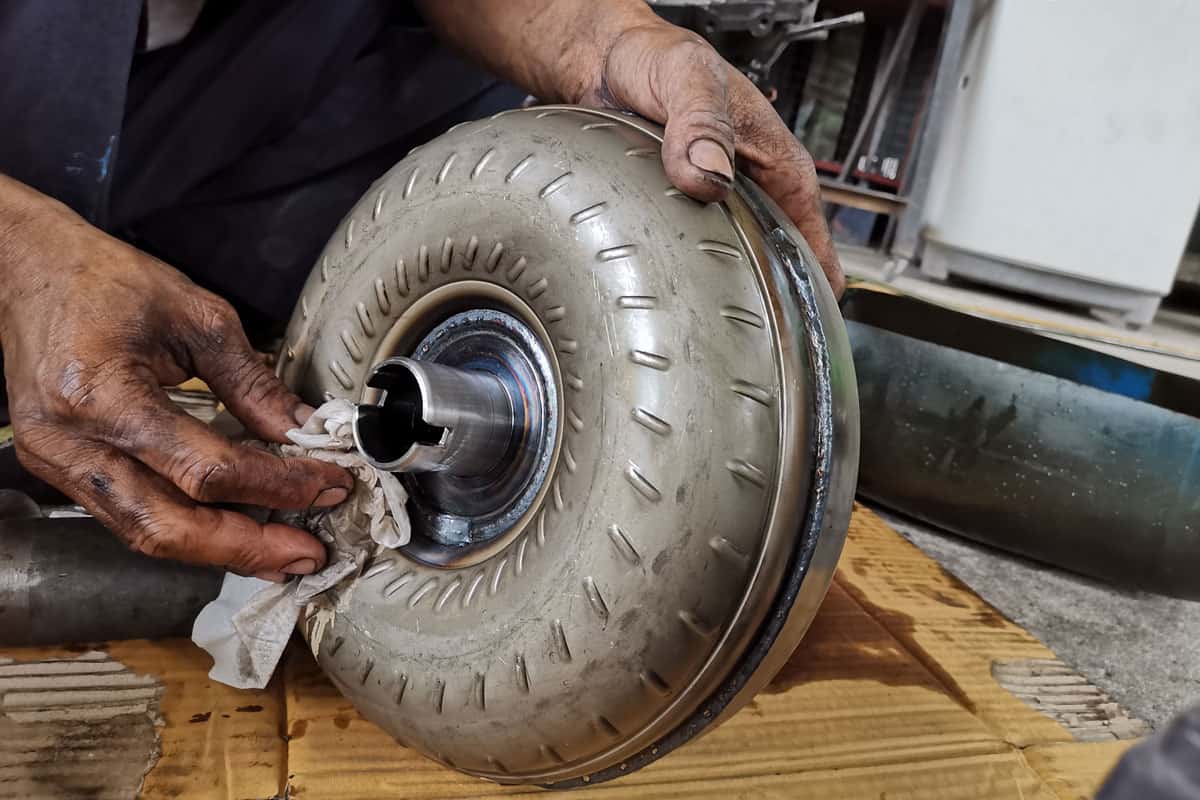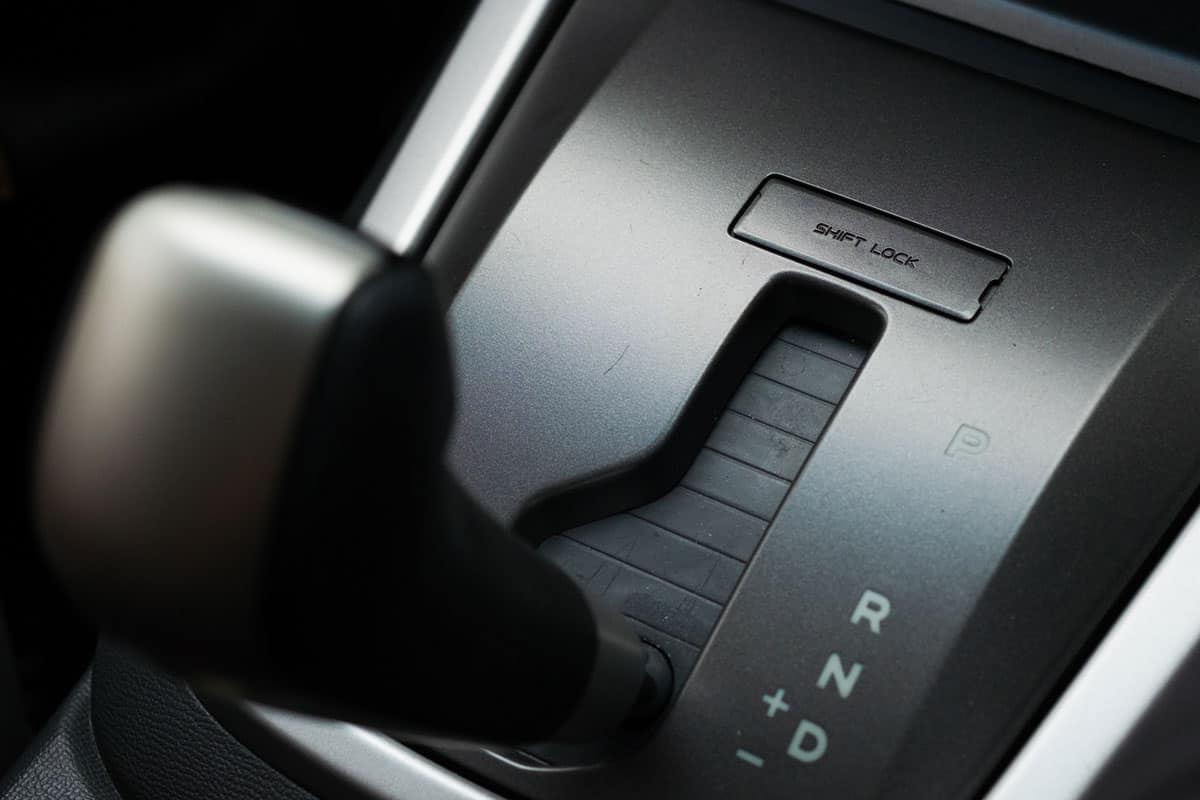Have you ever noticed that your transmission won't shift from an overnight in park until you've warmed it up? Many people ask about this and wonder what's going on. We’ve found out why this happens and what you can do about it.
This is usually caused by the transmission fluid being too cold to run through the transmission smoothly. Cold temperatures affect not only the fluid but the way transmission components interact with each other. It's the same reason that when you're cold, your fingers will feel numb.
What to do:
- Start the engine
- Run the engine idle for 20 seconds
- Shift into first gear
- Rev the engine for 20 seconds to ensure transmission fluid is circulating in that gear
- Shift into second gear
- Repeat the process until you're finished with the rest of the gears
Keep reading to learn more about transmission problems that you might experience in your vehicle. We'll also tell you how to diagnose them and what you should be looking for before calling a mechanic or auto repair shop.
How Does Temperature Affect Your Car's Transmission System?
Your car has a lot of moving parts, and it needs to be maintained properly to work well. One of these moving parts is your transmission system. It's a part of your vehicle that is responsible for getting the right gears engaged to move the vehicle forward and backward.
Your transmission is designed to operate at a specific temperature range. So, if you find your transmission shifting poorly or not shifting at all, you might be running your engine at a temperature that's too low. You may notice that the fluid will freeze. This can happen if water has gotten into the transmission fluid.
This might happen if the vehicle is exposed to very cold conditions for a long period. Cold weather also increases the viscosity of the transmission fluid. This causes it to become thicker, which is what causes your car to have a "thick" feeling when you shift gears.

This can also mean that your car will start to get sluggish and less efficient the colder it gets. A thicker transmission fluid means it will take longer to flow and move into the transmission components. When this happens, it may seem like the transmission is failing and needs to be replaced.
It is also good to note that aside from a thicker transmission fluid, the rubber and metal components in your transmission will also experience problems when the ambient temperature drops below the manufacturer's recommended operating temperature.
When this happens, the transmission's components contract. This puts more strain on the transmission as the contraction will cause the metal parts to slightly deviate from their true measurement. In worse cases, it could cause a leak in your transmission system.
5 Things To Check When Your Car's Transmission Won't Shift

It's no fun getting stuck in traffic and having to wait while others drive by you, only to realize that you can't shift into gear. If you've ever experienced a similar scenario, you know that it's a frustrating and aggravating time.
Luckily, there are some things you can do to diagnose your car's transmission before you get stuck and need a tow truck. Here's what you need to check when you suspect that your car's transmission needs some TLC.
1. Transmission Fluid
We've all heard the phrase, "change the oil in your car." Well, check the fluid level in your transmission fluid before it runs out! Not only is your transmission fluid important for your vehicle, but your transmission itself is very delicate.
Transmission fluid is a lubricant used to reduce friction between the parts of your engine. It also helps the transmission work properly by preventing parts from grinding against each other.
Your car needs to run smoothly, and this involves maintaining proper transmission fluid levels. If your fluid level gets low, you might notice a squeak when shifting gears or hesitation when driving.
To maintain proper fluid levels in your car, you should follow the manufacturer's guidelines.

Types Of Transmission Fluids
Changing the transmission fluid is a quick and easy way to improve the performance of your car. A transmission fluid can be classified as either an automatic type or a manual type.
While both are designed to provide lubrication and cooling, they have different properties and characteristics that are specific to the transmission type.
For instance, automatic transmissions require a transmission fluid that is less viscous and resistant to heat. A manual transmission can use a transmission fluid that is more viscous and can dissipate heat more effectively.
Transmission fluids are also classified according to how they are made. Regardless if your car is an automatic or manual transmission, transmission fluids can be synthetic or traditional.
What Should You Use: Synthetic or Traditional Transmission Fluid?
Synthetic fluids are generally found in newer cars, while traditional fluids are often found in older vehicles. They are made to last longer than traditional transmission fluids.
The fluid will also stay cooler, and it won't deteriorate as fast. As a result, you can get more mileage out of synthetic transmission fluid.
Climate is a big factor in determining which kind of transmission fluid you should use. If you live in a cold climate, you will need a transmission fluid that is formulated to work in cold temperatures.
If, on the other hand, you are driving in a desert area, you will need a fluid that works best in the hot desert temperatures. You also need to consider the type of car you drive, as there are differences in transmission fluids for every transmission system design.
Always check your car's manual for the recommended transmission fluid. Your car's manual should show you the recommended viscosity rating for your transmission fluid and when you should change it.
Check out this synthetic transmission fluid on Amazon.
How To Change Transmission Fluid
- Jack up the bottom of your car. This is where your transmission draining pan is more likely located.
- Place the jack in the center of the frame and make sure it is in contact with the solid and stable part of the frame.
- Place a drain pan at the bottom to catch the oil when it is being drained.
- Locate the drain bolt and loosen it up using a hex head.
- Remove the bolt and allow the transmission fluid to drain.
- Follow the steps in reverse order once you have all the transmission fluid drained.
- Put a funnel into the transmission fluid reservoir and pour transmission fluid.
The video below demonstrates how it's done:
2. Torque Converter
In an automatic transmission car, the torque converter is a device that converts the mechanical force of the engine's output into the mechanical force that moves the car.
When the torque converter is working properly, it allows smooth power transfer from the engine to the drivetrain.
The torque converter is a type of coupling that is attached to the engine's flywheel. If this coupling is not properly engaging, the torque converter will not work well. If this happens, the car will not be able to efficiently transfer power and may stall.
This problem is typically associated with worn components and a lack of maintenance. Unless your car is more than 20 years old, this isn't necessarily a common cause of stalls or transmission problems. Nonetheless, it is something you should look out for.

3. Shift Interlock Solenoid
A car's shift interlock solenoid system prevents you from shifting out of park when your car is parked. This feature is commonly found in automatic transmission vehicles. It is designed to help prevent people from changing gears or backing out of their parking spaces.
While this system prevents most people from driving out of a parking spot, there are situations where you may find yourself wanting to shift out of park without actually leaving the parking spot.
A shift interlock system disables the transmission and will only enable it if you press the brake pedal. A faulty solenoid will cause the transmission to not engage when the vehicle is shifted into neutral.

4. Clutch Master Cylinder
You've probably heard of a clutch master cylinder in a manual transmission vehicle, but maybe not how they're connected. Your master cylinder is a pressurized fluid reservoir that controls the pressure applied to the clutch pedal.
When the pedal is depressed, the master cylinder pressurizes the fluid which then gets pumped to the clutch.
Clutch master cylinders are usually located next to the brake cylinder. You can tell if you need to replace your master cylinder if it leaks or is low on pressure.
If you suspect your clutch master is leaking, you might find a wet spot on the surface or a noticeable trail of fluid in the firewall. If this happens, replace your clutch master cylinder as soon as you can!
See the video below:
5. Clutch
There is one area in your transmission system that is crucial to checking, and that area is your clutch. This is the part of your car that engages the engine and allows the car to start moving forward.
Clutches of manual transmission cars are more prone to wear than those of automatic transmission vehicles. While there are many ways to properly maintain a clutch, it's best to contact a professional who has experience in working on manual transmission vehicles.
In Closing

When your transmission gets cold, the fluid starts to thicken. When this happens, it makes the fluid harder to pump through the transmission. It also causes a buildup of lube on the gears inside the transmission. If you experience these symptoms, simply warm up the engine following the steps we outlined above.
You might also like:
Transmission Makes Noise When Put In Park; Why And What To Do?


we have two nissan sentra 2020 2.0 engines cvt one of sentras cvt
does not drive at high speed when in cold weather below 20 degrees we have to wait until temp reach normal temperatures only then drive well at high speed
the question what is failing, the other nissan drive well at all conditions